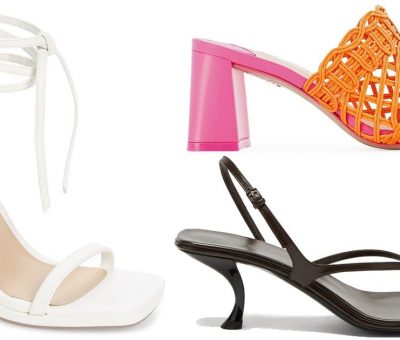Breastfeeding tips

Throughout all my antenatal classes, the need to breastfeed our children was emphasised. As such, I thought of no better thing to do than ensure my child breast feeds. However, to my disappointment, my first born refused to latch. Looking back, I believe it was because I had flat nipples so she barely had a thing to latch on. Unfortunately, I was unaware of this issue until when I was starting to feed. Then in came a nurse that pressed my nipples so hard to bring them out. The pain was unbearable, I did not want to try again.
However, I did not give up hope and when the second one came along, I was at it again, trying my best to breastfeed. While I may not be an expert on the subject, my experience makes me a knowledge bank.
Get comfortable
Mothers, feeding your baby will happen often but it should not turn into slavery. Before they start feeding, you must ensure you are comfortable. It could be ensuring you are well padded with cushions on the couch or that rocking chair. Wherever you choose to sit, you must ensure your back is well supported because you will have to support the baby. For mothers of new-borns, more so the small ones, there is a tendency to think that you can manage. However, if you do not start from day 1 to ensure that you are comfortable, by the time they are four months old, the increasing weight would have badly strained your back. If you must use a breast pump, ensure that it is within reach to avoid having to get up often. Being comfortable is not just for your back but also ensures better breastmilk production because you are not stressed.
Learn the cues
For some babies, feeding is on an hourly basis more so when they are still very young. However, the frequency changes as they grow older because their stomachs grow bigger to accommodate more. That said, they are not synonymous to adults who may only take three meals a day. To avoid a cry baby, you need to learn the cues your baby gives when hungry as these are different from those when they are hot or their diaper is soiled. It takes keenness to see the cues. These include sucking on their lips or fists, and turning towards your chest if you are carrying them.
Teach them to latch
Successful breastfeeding is on the premise of teaching your baby to latch because that way they will feed without making your nipples sore or develop wounds. To teach them to latch well, position your baby so they are at the same level with the nipple. That way, neither will they strain to reach the nipple nor will you bend to ensure they can suck.
You also need to hold them close to your body as this enables you to easily guide their head towards your chest thus putting the nipple in their mouth when they open it. A nursing pillow also helps to keep the baby in position.
For those with inverted or flat nipples, a breast pump will help bring them out. That worked for me hence feeding with the second child was better.
Additionally, as you feed, ensure to eat well and avoid foods that cause your stomach to feel bloated such as beans. That way, you rejuvenate your body and reduce colic occurrence respectively. You must also see to it that you burp the baby to reduce frequency of spit-up.Joan S, a journalist, blogger, and parenti
thepearluganda





































